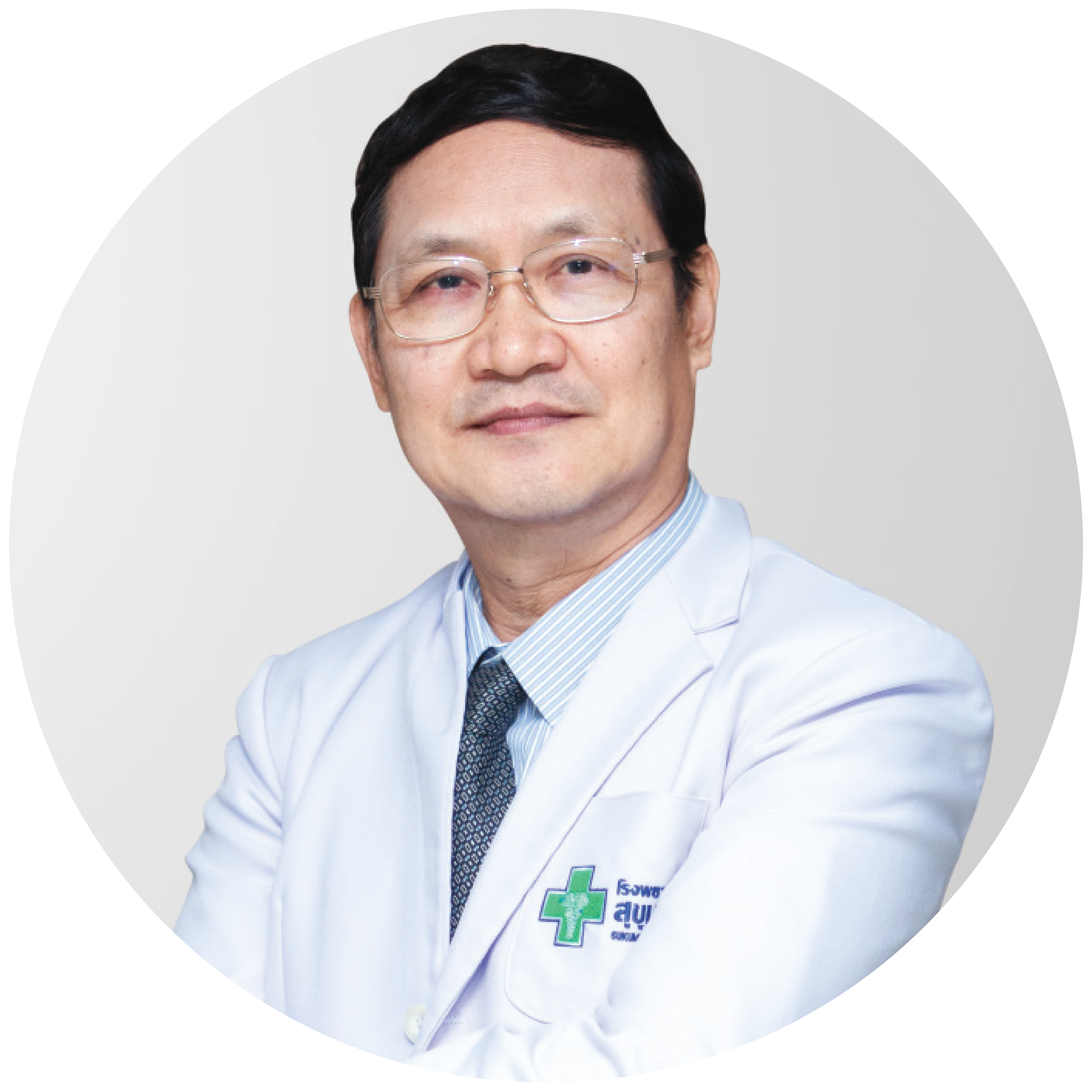Swallow Magnetic Stimulation

Swallow Magnetic Stimulation
This is one of the significant steps of the treatment of stroke related swallowing problem. Treatment and stimulation should not be overlooked so that to reduce choking risk and encourage safe swallowing which could lead to appropriate nutrients intake and better quality of life.
What is Dysphagia and where to find it?
Stroke related Dysphagia is as important as speaking ability. Dysphagia could be life-threatening. It occurs in the patients who loses swallowing muscle and they need rehabilitation and recovery. If it is stroke related, controlling signal from brain is cut off and that’s how Dysphagia occurs.
It is interesting to know how we can fix this and make patients able to swallow again. Basically we can’t wait for the body to fix the area in question itself. Swallowing is a part of a process called Central Pattern Generator or CPG. It is a nervous circuit serving as a central memory unit of the body located at the spinal area. CPG memorizes repeated behavior that the body performs, this includes swallowing.
New technology that helps stimulate swallowing muscles
We are aiming to stimulate CPG to work on its own again. Swallowing muscle which is in a triangular form located under the chin will be stimulated. When that muscle does not receive controlling signal, we need to stimulate it. Previously VitalStim machine was used for such stimulation but today we have a more modern machine here. It is a magnetic stimulation machine that sends magnetic signal right to the nerves. There are 2 types of stimulation which are Transcranial Magnetic Stimulation (TIMS) and Peripheral Magnetic Stimulation (PMS)
We have often found researches on the use of this stimulation machine. With appropriate frequency i.e. 25 beats per second by a specialist, changes are likely to occur at cerebral cortex.
How swallowing affects the quality of life?
For patients who have brain injury such as bleeding or bruising, swallowing ability is likely to be affected. Stroke patients are also included. Difficulty swallowing gives so much impact to the patient’s life. With this problem, tube feeding is the only way out and infection is something that usually follows. Sometimes patients pull the feeding tube off and get injured. So it is obvious that swallowing difficulty is related to the quality of life. It is also believed that prolonged tube feeding could lead to permanent swallowing difficulty and eventually cannot be cured. Some patients with prolonged tube feeding suffer nasal inflammation and end up having a stoma. With the right process of magnetic stimulation, however, the most appropriate time is during the first 6 months, nut after this critical 6 months is actually not a problem. Magnetic stimulation is proved beneficial if integrated with swallowing practices as planned by the occupational therapist. All of these would help the swallowing ability return and patients can live their daily life with better quality.

Results of magnetic stimulation on the patients
- Nerves are directedly stimulated. Please note that nerves around this area are still active. When muscles are stimulated to move, they become stronger and eventually can move up and down.
- Patients get to practice swallowing together with magnetic stimulation.
- This magnetic stimulation causes some changes to the muscles and also the cerebral cortex. The stimulation wave is sent through the skin and directly to the muscle in question. The stimulated muscle then stretches and shrinks, making it function again.

Dr. Pannawish Wongwiwattananon
Rehabilitation Medicine Specialist
Information: Rehabilitation Center
9th Floor Sukumvithospital
call. 02-391-0011 ext. 971, 972
ติดตามรับข้อมูลข่าวสารอัพเดทจากทางโรงพยาบาล:




